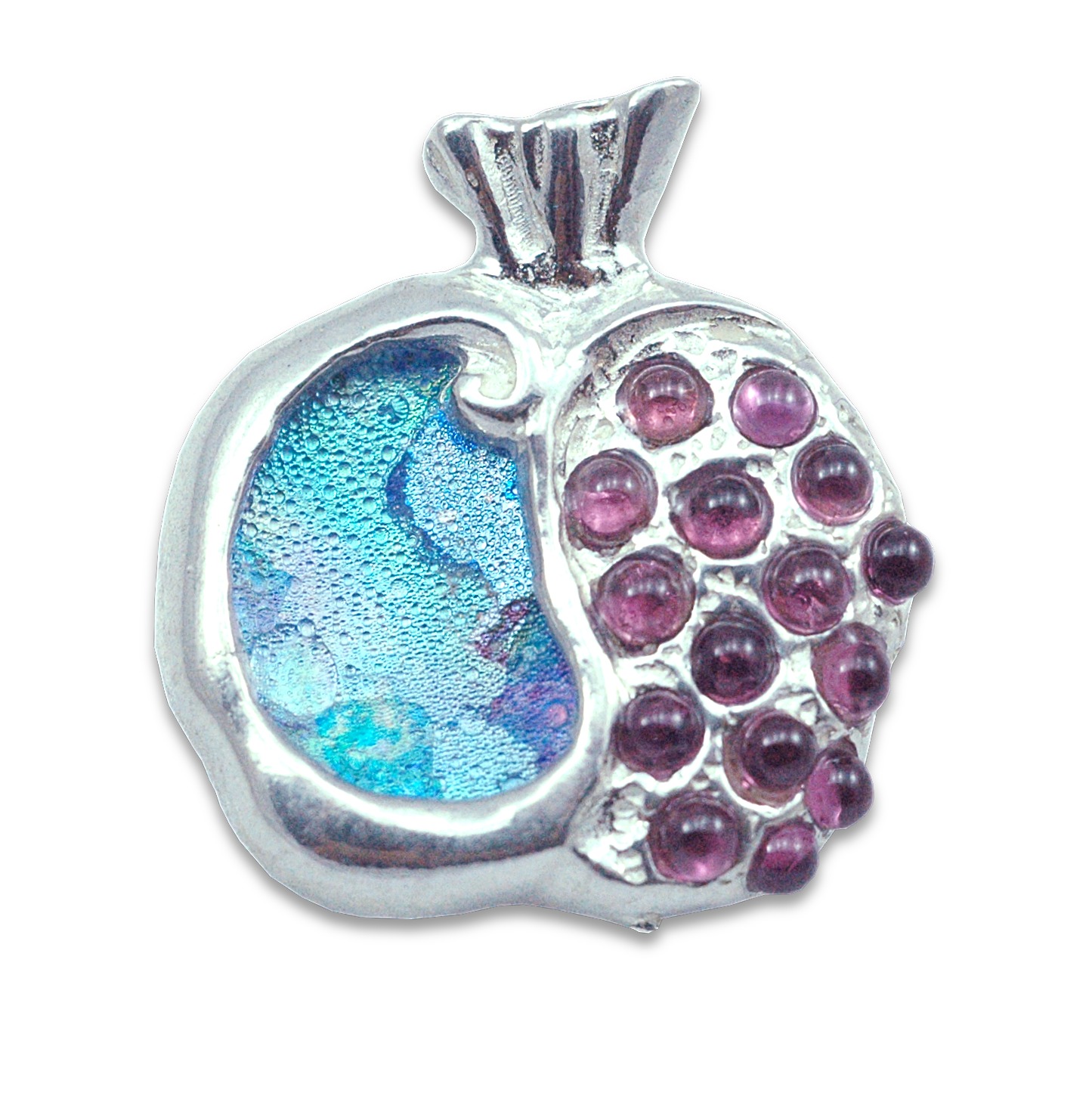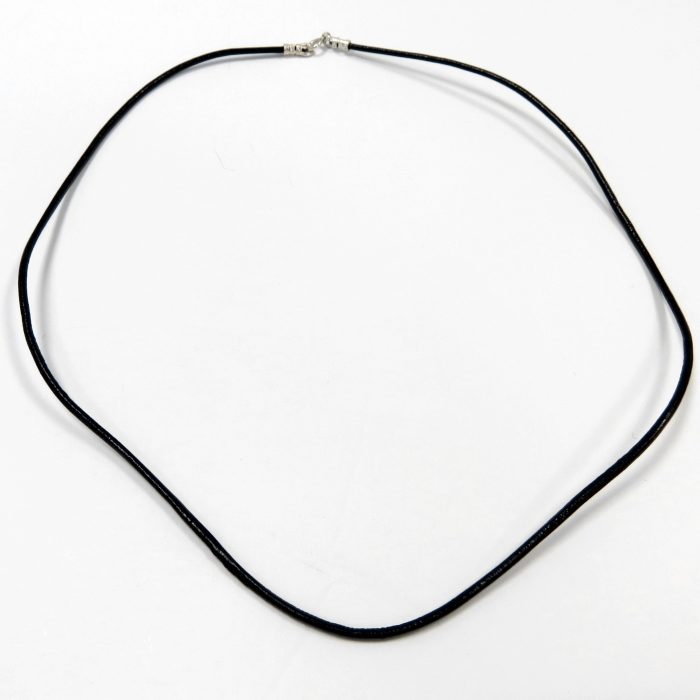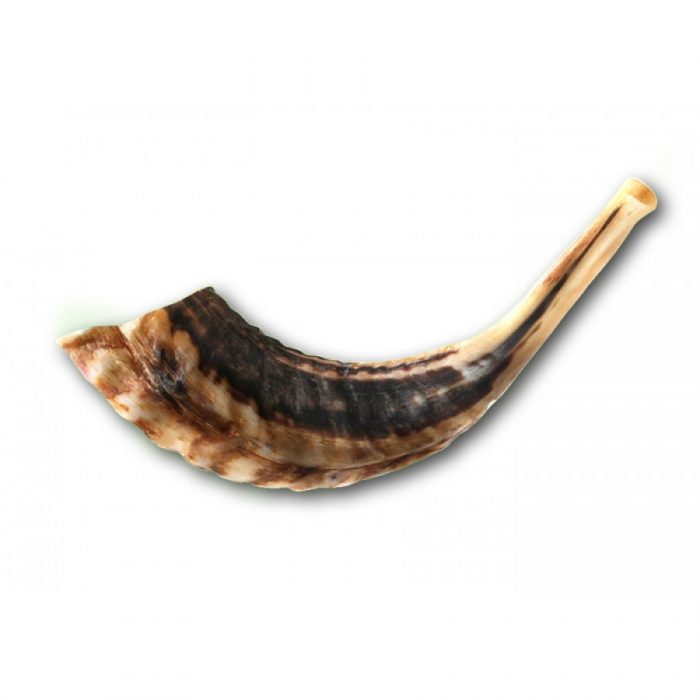Description
Pomegranate pendant with Roman glass shard, set in 925 silver with pink stones.
Comes with Sterling silver box chain (42 cm / 16.5″)
Size: 0.6” x 0.5”
Roman Glass is an ancient glass that is found in archaeological excavation sites in Israel. These glass Shards were probably part of a vase, jug or vessel.
The Roman Empire started the mass production of this glass 2000 years ago in order to make glass vessels and utensils. It is quite common to visit biblical sites in Israel and still find beautiful pieces of this glass. These small shards are of little value to archeologists and so they are sold by the kilo to jewelers who set them into Jewelry.
The chemical process that this glass undergoes over hundreds of years in the ground gives Roman glass a very special look. With colorful flakes and specks caused by the chemical reaction due to oxidation.
Roman glass is sensitive to water, which can cause the surface of the glass to flake.
Pomegranates and the Bible (source: www.gotquestions.org)
The pomegranate was a familiar fruit in the land of Israel (see Numbers 13:23; Deuteronomy 8:8). The pomegranate tree or shrub has dark green glossy leaves and beautiful flowers with crinkled petals ranging in color from pale pink to bright orange-red. When ripened, the fruit of the pomegranate is bright red and about the size of an orange. The scarlet flesh of the fruit has a sweet-to-tart taste and contains many nutrients. When fully ripened, the pomegranate bursts open, and the numerous seeds pour out.
Pomegranates are first mentioned in the Bible in Exodus 28:33–35 as part of God’s instructions for the making of priestly garments. God said, “Make pomegranates of blue, purple and scarlet yarn around the hem of the robe, with gold bells between them. The gold bells and the pomegranates are to alternate around the hem of the robe. Aaron must wear it when he ministers.” Later, brass pomegranate designs were featured prominently in the building of Solomon’s temple: “On the capitals of both pillars, just above the rounded projection next to the network, were the two hundred pomegranates in rows encircling each capital” (1 Kings 7:20). These ornate pomegranate sculptures were part of the plunder carried off to Babylon when the temple was destroyed (2 Kings 25:17; Jeremiah 52:22–23).
The reason that pomegranate designs were chosen as decorations in the temple and on priestly garments is not clear, but some Jewish traditions hold that the pomegranate’s 613 seeds correspond with the 613 laws in the Torah. Others assert that the pomegranate represents Israel. They were battered on the outside like the pomegranate’s peel but able to bless others from within. God does not give us insight into His reasons for using pomegranates symbolically, but we know that everything He does has a purpose (Isaiah 46:9–11).
Other places in the Bible refer to pomegranates in reference to fruitfulness, blessing, and prosperity (Numbers 13:23; Deuteronomy 8:8). The presence of pomegranate trees was symbolic of a nation’s financial and material wealth (Joel 1:12; Haggai 2:19). The grumbling Israelites mentioned the lack of pomegranates as a sign that God had deserted them: “Why did you bring the Lord’s community into this wilderness, that we and our livestock should die here? . . . It has no grain or figs, grapevines or pomegranates” (Numbers 20:4–5).
The Song of Solomon makes liberal use of the pomegranate in describing the loveliness of the bride (Song of Solomon 6:11; 7:12; 8:2). The bridegroom says to the Shulamite, “Your lips are like a scarlet ribbon; your mouth is lovely. Your temples behind your veil are like the halves of a pomegranate” (Song of Solomon 4:3). The modest blush on the bride’s cheeks reminds the groom that her true beauty lies within.
SHIPPING:
Please note that this item will be shipped separately from Israel.




